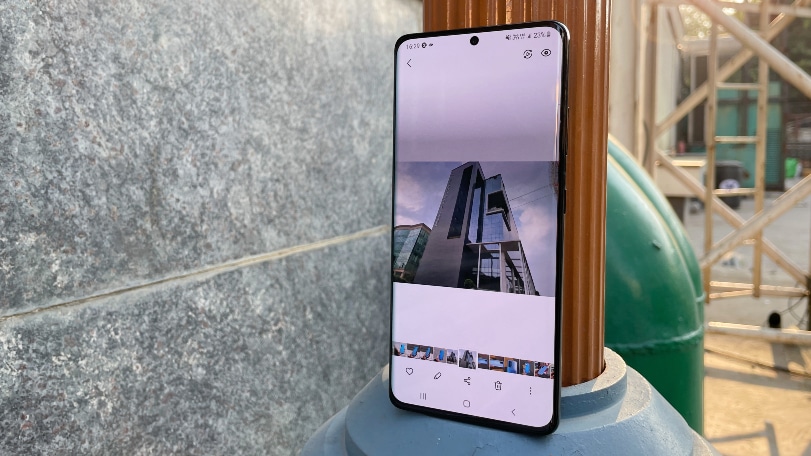In the last few years, Google has worked with manufacturers to make the process of OS upgrades more seamless than ever. As a result, we have seen brands such as OnePlus, Vivo, and Xiaomi pushing out the latest version of Android updates on par with Google’s actual release. Samsung is still behind in this case and from what it seems, there’s a good reason behind that. The company is yet to adopt Google’s methods to ease the update rollout process, even for the latest Galaxy S21 series.
Max Weinbach, the tipster who usually reveals Samsung information way before Samsung’s employees might learn, has revealed the update architecture for the Galaxy S21 series devices. Samsung isn’t using the A/B system partition feature like other manufacturers, which leads to the device being completely unusable during the update installation process. This is weird, given that the feature has been around for five years now.
Samsung Galaxy S21 does not support seamless updates
The A/B partition allows for the smartphone to install the update in the background while you continue using your phone normally. Those using OnePlus, Realme, Oppo, Xiaomi and other Android devices may have seen the update installing in the background while all the phone functions are at their disposal. Users then need to restart the phone in order to let the phone boot the newer software.
With Samsung devices, there’s nothing you can do rather than wait for the process to complete. The phones need to reboot in order to install the update. This is similar to how iPhones install newer iOS updates. Unlike iOS, however, Google gives an option to manufacturers to make the process easier on users.
Samsung has so far not come up with a reason as to why it does so. The negative points of having A/B partitions is leaving more space for the system to install the updates. Given that the new Galaxy S21 series, including the exorbitantly priced Galaxy S21 Ultra, lacks the microSD expansion slots, Samsung is aiming to give as much space as possible to the customers. After all, the OneUI interface comes with a lot of pre-loaded apps as well as cosmetics compared to the standard versions of Android.
Last year, Samsung promised three years of Android OS updates to all its premium S, Z, and Note series devices, along with a few A series smartphones. All smartphone models since the Galaxy S10 series and newer are eligible for three Android OS upgrades. While this still lags behind Apple’s commitment of five years of iOS updates, Samsung is now on par with Google and OnePlus for updating its older phones.

